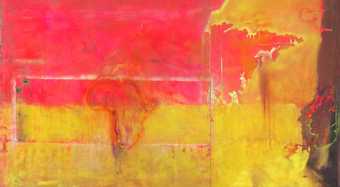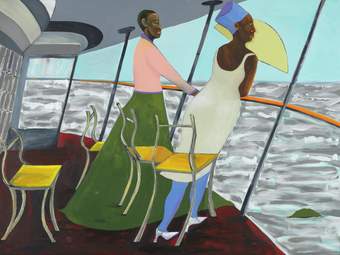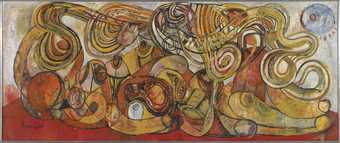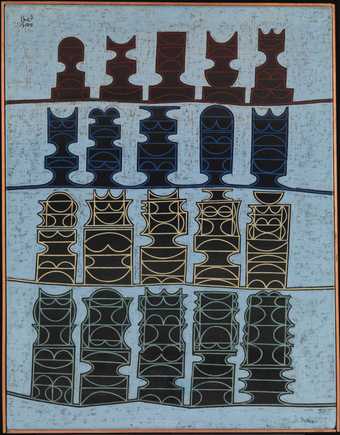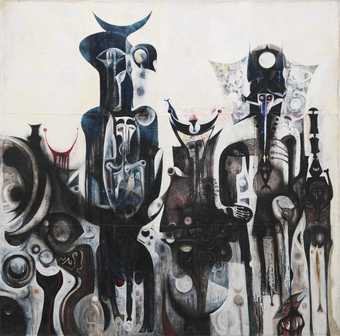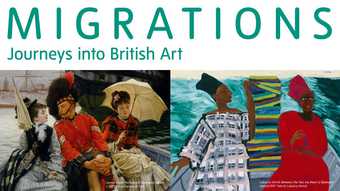In relation to art, the term diaspora is used to discuss artists who have migrated from one part of the world to another, (or whose families have), and who express their diverse experiences of culture and identity in the work they make; often expressing alternative narratives, and challenging the ideas and structures of the established art world.
Stuart Hall’s ideas on identity
Jamaican-born cultural theorist and sociologist Stuart Hall, Widely known as ‘godfather of multiculturalism’, published an important essay called Cultural identity and Diaspora in 1990. In it he addresses issues of identity in relation to cultural practice and production and explains the experience of the migrant as one of dislocation, displacement and hybridity (a mix of experience and cultures). Through his investigations, based on the experiences of the Caribbean diaspora, he came to the conclusion that individuals have more than one identity: they have one that is based on similarities and a unity which comes from belonging to a shared culture; and one that is based on an active process of identification, that responds to points of difference and is therefore always evolving through ‘a continuous play of history, culture and power.’
This has become a potent subject in art and can be related to movements in art like relational aesthetics and altermodern.





